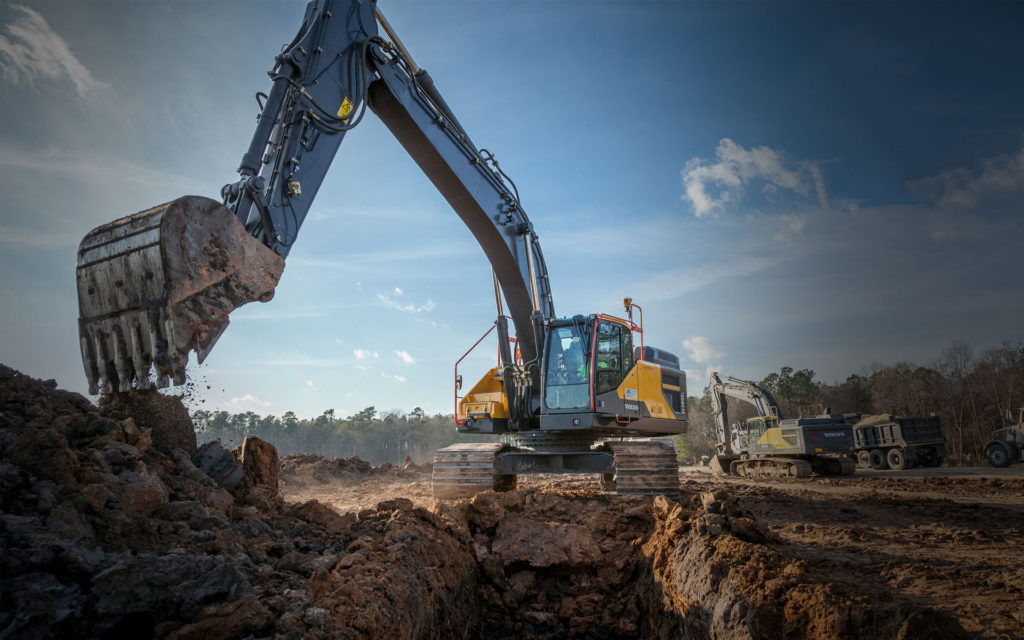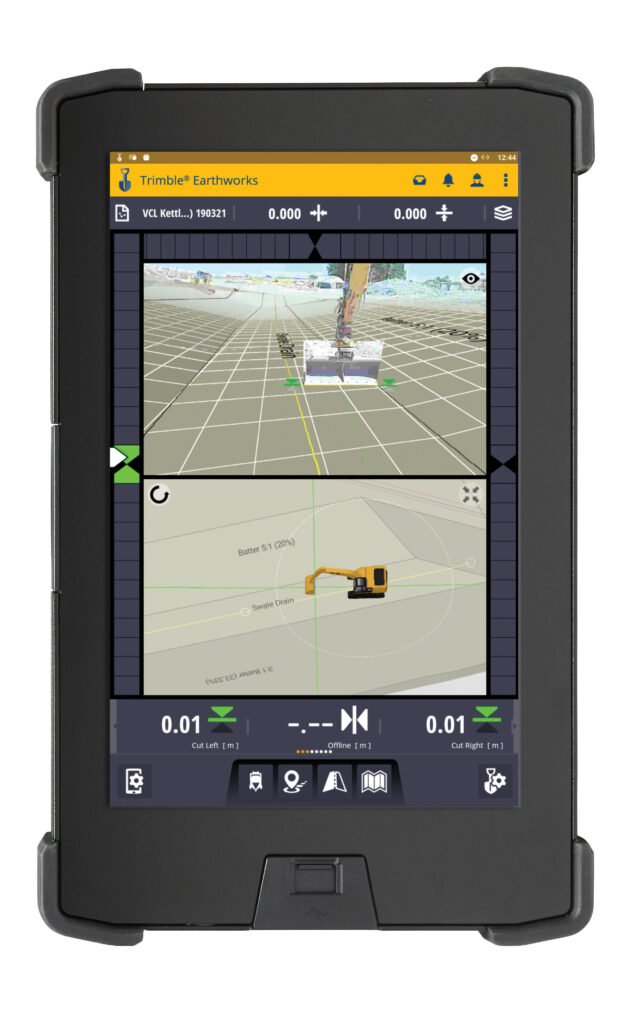Construction companies worldwide are struggling to keep the knowledge and skills of their teams at the right level. In spite of investments in training and apprenticeships, many construction companies have a hard time either finding new skilled workers or raising the knowledge level of their existing workforce to keep up with evolving standards in construction.

The last quarterly Commercial Construction Index (CCI) report from the U.S. Chamber of Commerce*, which questioned 2,200 construction companies, shows that 83% of the respondents experienced issues in finding skilled workers. This has a big impact on teams as a whole, because the lack of experience of some raises the workload for skilled crew members, as they’re being asked to do more work. On a business level, 71% of companies are struggling to have their teams of workers meet schedule requirements; with a high risk of disruptions of the process or even penalties for not meeting deadlines.
Technology adoption can help tackle the shortage of skilled labor. However, many construction professionals still remain hesitant to invest in technology, as they remain unsure of the return-on-investment. Overall, the CCI report states, that in spite of advantages that are obvious to users, nearly half of the contractors planned to not raise spending on tools and equipment in the next quarter.
Integrated grade control technology
One of the best examples of equipment enhancements that could help solve the complicated puzzle of raising productivity in a time of labor shortage is integrated grade control technology on earthmoving equipment. Over the years, positioning technology innovators and construction equipment manufacturers have integrated grade control technology on excavators, dozers, motor graders, skid-steers, milling machines, pavers and other earthmoving equipment.
Technology supplier Trimble carried out a study to compare the productivity performance of operators of different skill levels – novice, intermediate, and expert – using conventional, guidance-only and full excavator automatics excavators. The results of the productivity study provide some clear insight into the value of guidance and automatics in terms of efficiency.
Technology supplier Trimble carried out a study to compare the productivity performance of operators of different skill levels – novice, intermediate, and expert – using conventional, guidance-only and full excavator automatics excavators. The results of the productivity study provide some clear insight into the value of guidance and automatics in terms of efficiency.

Methodology
The study evaluators asked 16 operators to perform the simple but common task of digging a 1m wide x 15m long by 0.5m deep trench to an accuracy of plus/minus 3 cm using Komatsu PC228-10 and Hyundai HX220-L excavators. Before each trial, participants were given the same warm-up period to familiarize themselves with the machine (e.g., practicing with the controls, digging in a test trench, interacting with the Trimble Earthworks interface).
Trial 1 – Conventional
During the first trial, participants used conventional excavation methods—no design or external grade control. At intervals of the operator’s choosing, the moderator checked excavated elevations using an SPS986 receiver, providing indications of the required cut and fill values at certain locations. The trench was considered complete when a participant indicated that they had finished excavating.
Trial 2 – Guidance Only
During the second trial, participants excavated the same size trench using the guidance only function of Trimble Earthworks Grade Control Platform. Participants had access to the trench design and Earthworks interface but did not have any automatic machine control.
Trial 3 – Automatics
During the last trial, participants excavated using Trimble Earthworks’ “Automatics” functionality. The machine control system includes a 2D guidance system that will dig to design elevation automatically. The operator controls the stick, and Trimble Earthworks controls the boom and bucket to stay on grade. This essentially automates the excavator operation.
As with Trial 1 and 2, when complete, the moderator took measurements with a Trimble TSC7 Controller and the Trimble SPS986 GNSS Smart Antenna along the length of the trench to verify the accuracy of the excavation according to the design.
Results
Novices
All operators met the tolerance requirements in all three trials. However, on average, novice operators were almost 50% faster with guidance-only than conventional methods and over 62% faster with automatics as compared to conventional methods.
The study indicates that while a novice operator does not have the experience to handle a machine with the same skill as an experienced operator, guidance, and particularly automatics, can significantly improve their ability to get jobs done faster with accuracy.
Intermediate
Intermediate operators were on average around 27% faster with guidance-only than conventional methods and over 38% faster with automatics as compared to conventional methods. Also, of note, intermediate operators who used automatics were comparable to expert users in guidance only (6:41 to 6:03).
Experts
It’s no surprise that expert operators performed very well in all test scenarios. They were the fastest and most accurate. But even these expert operators, who on average completed the project in 9 minutes and 56 seconds with conventional methods; cut their time almost in half (5:25) using the Automatics function.
The study numbers indicate that guidance – and particularly automatics capabilities – make a very good operator better and enable less skilled operators to perform close to intermediate and expert operators with comparable accuracy. Adding machine guidance to the technology portfolio, adds to a company’s flexibility and agility, opening up the possibility of empowering less skilled workers to step up their machine control game.


 Copyright 2017-2023 All rights reserved.
Copyright 2017-2023 All rights reserved.